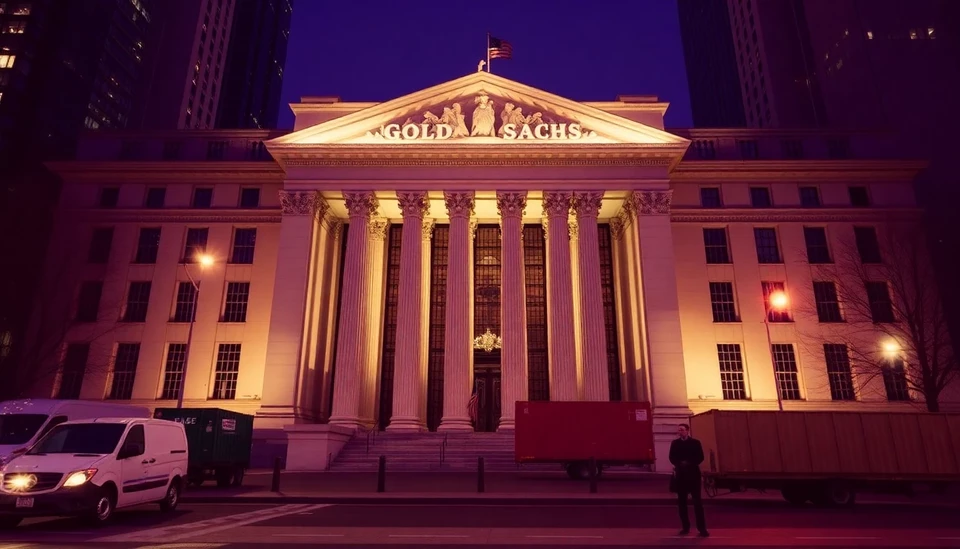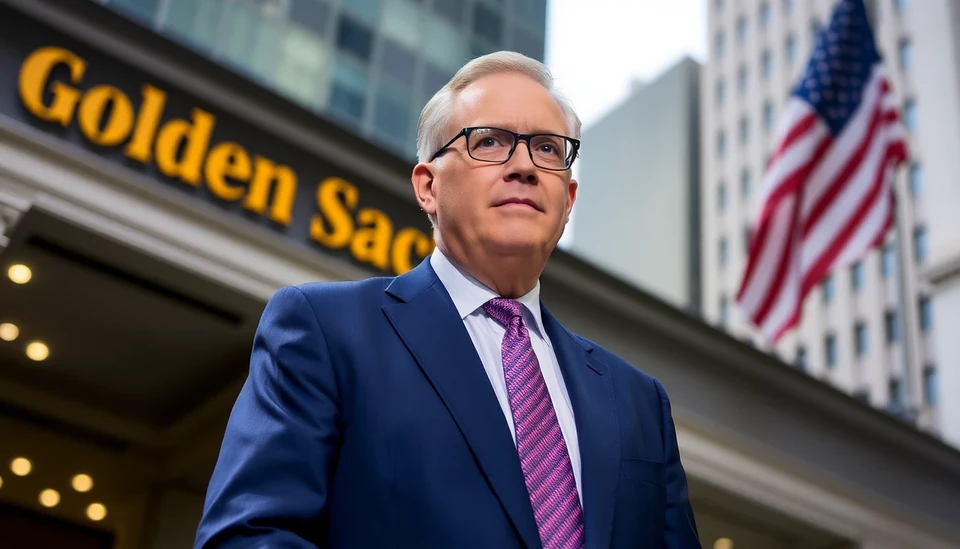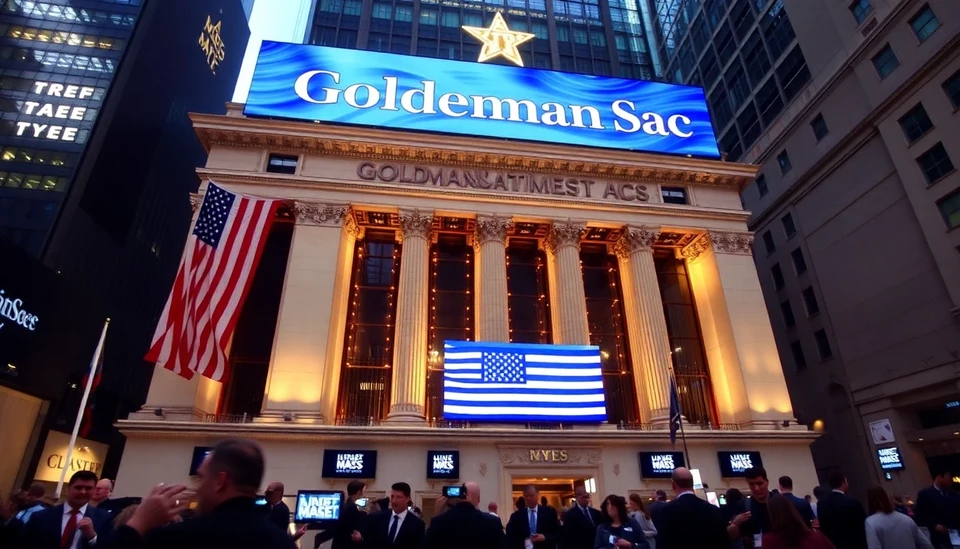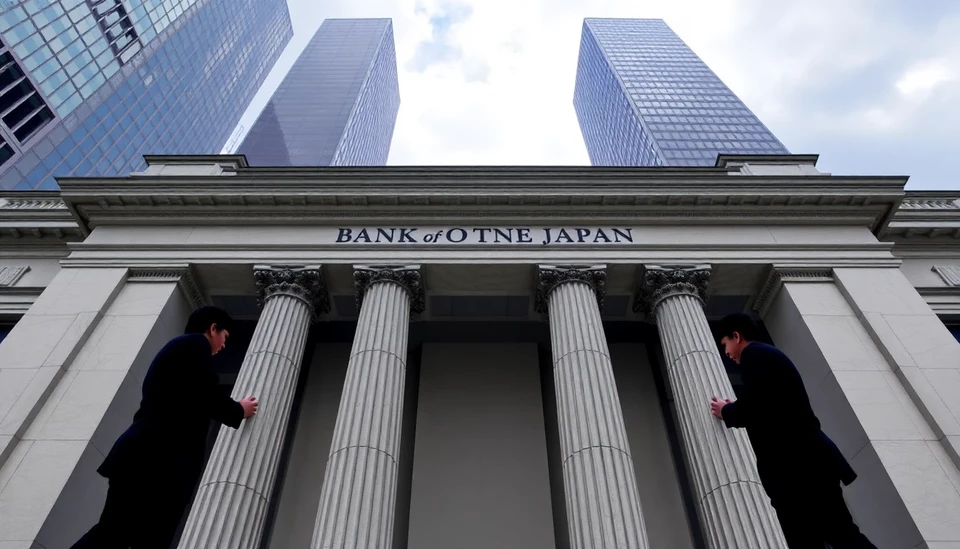
Goldman Sachs has issued a report indicating that the Federal Reserve is likely to implement more interest rate cuts this year, attributing this forecast primarily to the adverse effects of tariffs on the United States economy. As economic indicators reflect slower growth rates, the financial giant is adjusting its expectations regarding monetary policy.
The report highlights that recent tariffs imposed on imports have begun to weigh heavily on consumer spending and business investments. These trade policies, initially designed to bolster domestic industries, are now showing signs of backfiring, resulting in diminished economic activity across various sectors.
Goldman analysts have revised their predictions, now anticipating that the Federal Reserve may cut rates as many as two more times in 2025 to counteract the growing economic slowdown. This candid assessment comes as the Fed braces itself to navigate through complex global trade dynamics and domestic fiscal conditions.
According to the analysts, the ongoing trade tensions have introduced significant uncertainties for businesses and consumers alike, eroding confidence and contributing to a more cautious economic environment. As a response to these challenges, the Fed is expected to adopt a dovish stance to stimulate the economy and encourage growth.
Currently, there is a heightened sense of urgency for policymakers to address these issues, with many looking over their shoulders at potential fallout from ongoing international trade disputes. Goldman’s updated outlook reflects a broader consensus among economists who are increasingly concerned about the sustainability of economic growth amidst rising tariffs and strained international relations.
This potential shift in monetary policy aligns with a growing number of voices calling for decisive action from the Federal Reserve to mitigate the risks associated with trade tensions. Analysts recommend that the Fed consider more aggressive rate cuts if economic indicators continue to suggest a downturn.
As we move further into 2025, the intersection of tariffs, economic growth, and monetary policy will undoubtedly remain at the forefront of discussions among economists, business leaders, and policymakers as they seek to navigate these challenging waters.
In conclusion, if Goldman Sachs' predictions hold true, we can expect significant implications for the economy, especially as the Fed maneuvers through a landscape shaped by unpredictable trade dynamics and the corresponding need for responsive fiscal measures.
#GoldmanSachs #FederalReserve #InterestRates #Economy #Tariffs #USGrowth #RateCuts #EconomicSlowdown
Author: Laura Mitchell




